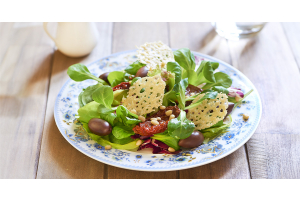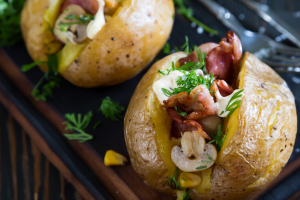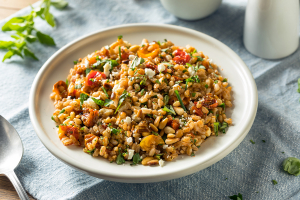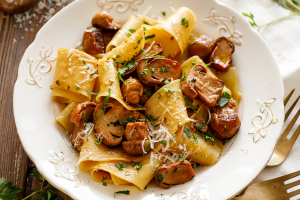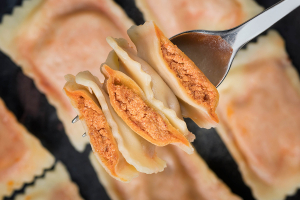Cardoncelli mushrooms, characteristics and uses in cooking
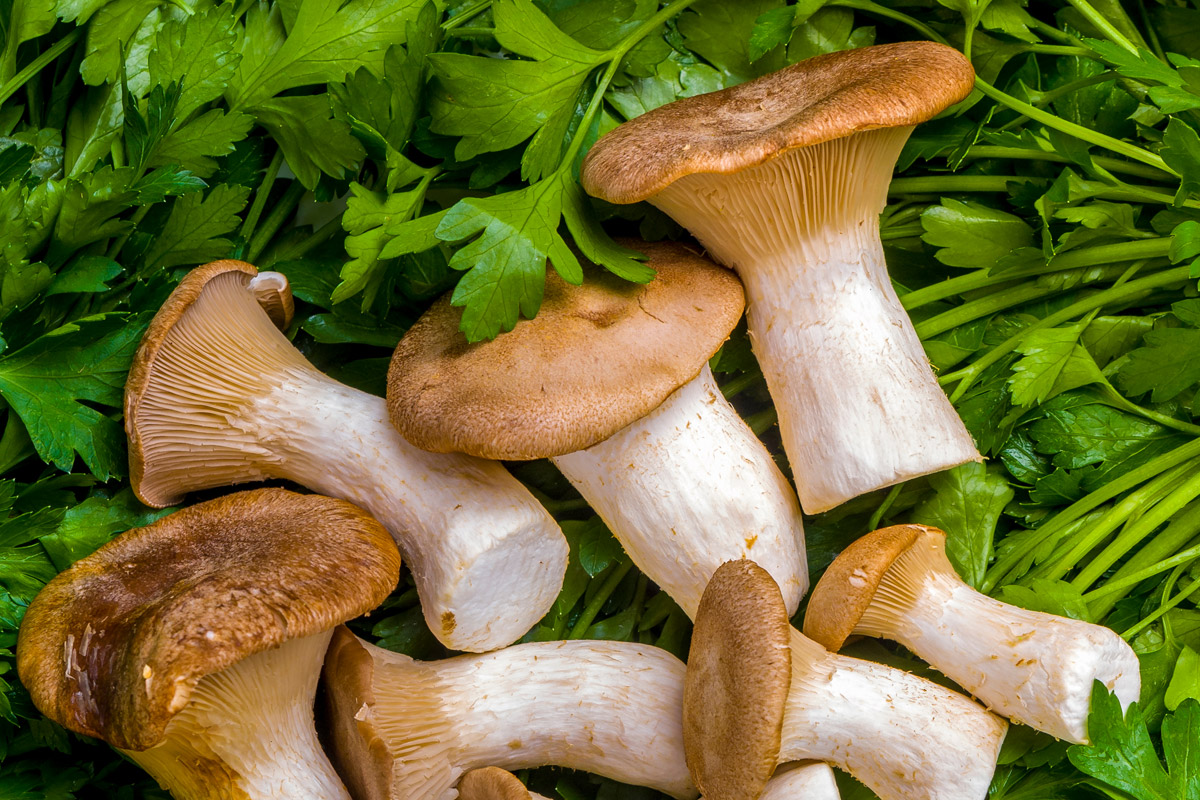
The cardoncello, whose scientific name is Pleurotus eryngii, is a delicious mushroom, very fleshy, firm and particularly tasty; although little known, even in ancient times the cardoncello was highly valued and considered an aphrodisiac.
As well as being known as cardoncello, this mushroom, which is characterised by a very thick white stalk and a thick brown cap, is also known as Ferula, Cardarello or Ferlengo, names that vary depending on where it grows, typically Sicily, Calabria, Puglia, Basilicata and Lazio.
In recent years, it has become possible to grow the mushrooms on one's own. Small bales with controlled fungal cultures grafted onto them are commercially available, allowing them to be grown practically in the home.
Nutritional characteristics of cardoncello
From a traditional point of view, cardoncello is a mushroom that winks at dietary regimes (just 28 calories per 100 grams), is made up almost entirely of water, has few sugars (4-5%), proteins and very little fat (0.4-0.7%).
How to use Cardoncello in the kitchen
Cardoncello can be reduced to a pate or processed and preserved in jars in oil, so that it can be used when necessary to prepare tasty aperitifs. At Bottega di Calabria we love to eat Cardoncello by spreading it on the delicious Mattrasau bread, which you can also buy from our online store, or on slices of lightly toasted home-made bread.
Fresh cardoncello can also be roasted, eaten raw in slices, fried, coated in flour or baked au gratin. The consistency of the mushroom, which remains almost unchanged even after cooking, means that cardoncello can be used in many different recipes.

